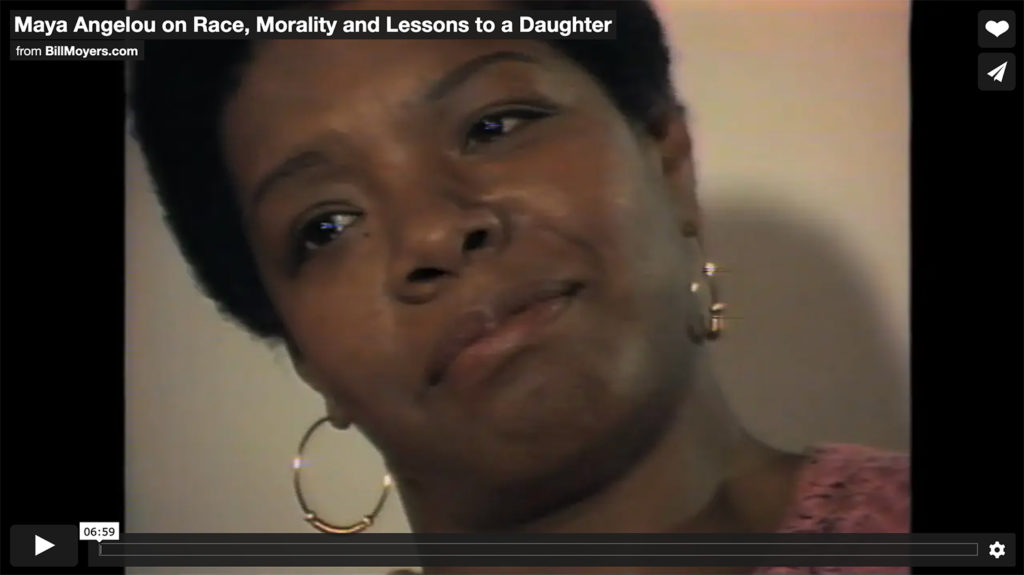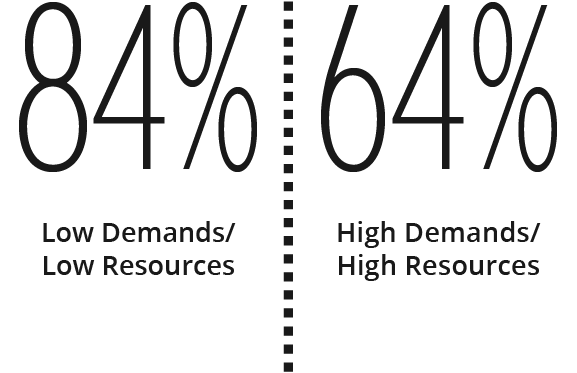
Burnout in
Adults
Burnout in Adults
84% Most people who are burned out and disengaged have jobs with low demands and low resources. They’re not overwhelmed by the stress of the job, but hopeless at the lack of opportunity.
64% Most people who are burned out and have engagement in their job position have high demands but low resources. These people are overwhelmed by what their jobs require of them, but do not have the necessary support to prevent burnout.
Read More
64% Most people who are burned out and have engagement in their job position have high demands but low resources. These people are overwhelmed by what their jobs require of them, but do not have the necessary support to prevent burnout.
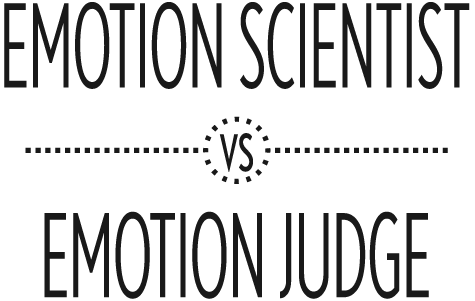
An Emotion Scientist:
- Accepts all emotions as information
- Sees emotions as ephemeral
- Is open, curious, and reflective
- Is in learner mode (investigates)
- Wants to get “granular”
- Has a “growth mindset”
An Emotion Judge:
- Views emotions as “error” and weak
- Sees emotions as “permanent”
- Is critical, closed, and ignores emotion
- Is in knower mode (makes attributions)
- Clumps emotions as good or bad
- Has a “fixed mindset”

First
Responders
of first responders develop a behavioral health issue. They turn to substances to self medicate, and when they do, they are more likely to become dependent; 50% more likely.
First Responders
30% of first responders develop a behavioral health issue. They turn to substances to self medicate, and when they do, they are more likely to become dependent; 50% more likely.
Read More
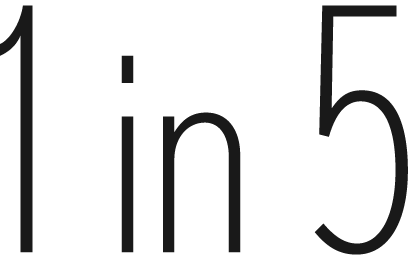
Knowing
Thyself
1 in 5 adults have a diagnosable mental illness and 50% of us will experience a mental health condition in our lifetime.
Knowing Thyself
Those who cannot rest cannot work; those who cannot let go cannot hold on…
PRIOR to the Coronavirus outbreak, approximately one-third of people visited a doctor about something stress-related, with 57 percent admitting they’re paralyzed by stress.
- Adapted by Harry Emerson Fosdick
Read More
PRIOR to the Coronavirus outbreak, approximately one-third of people visited a doctor about something stress-related, with 57 percent admitting they’re paralyzed by stress.
- Adapted by Harry Emerson Fosdick
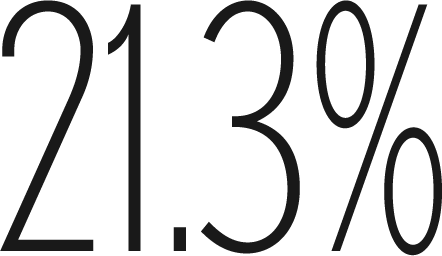
Stress on Caregivers
Today, more than 1 in 5 Americans are caregivers, having provided care to an adult or child with special needs at some time in the past 12 months.
Stress on Caregivers
Today, more than 1 in 5 Americans are caregivers, having provided care to an adult or child with special needs at some time in the past 12 months. This totals an estimated 53.0 million adults in the United States, up from the estimated 43.5 million caregivers in 2015.
Read More

Youth & Substances
Every year that substance use is delayed during the period of adolescent brain development, the risk of addiction and substance abuse decreases.
Youth & Substances
Every year that substance use is delayed during the period of adolescent brain development, the risk of addiction and substance abuse decreases.
Early to young adolescence is the most critical risk period for young people being initiated into substance abuse: 70% of youth who try an illegal drug before age 13 develop a substance abuse disorder compared to 27% of youth who try an illegal drug after age 17.
Read More
Early to young adolescence is the most critical risk period for young people being initiated into substance abuse: 70% of youth who try an illegal drug before age 13 develop a substance abuse disorder compared to 27% of youth who try an illegal drug after age 17.

